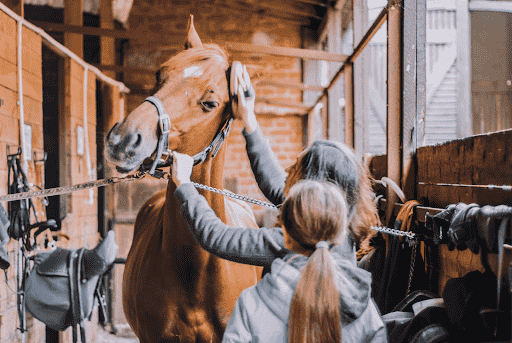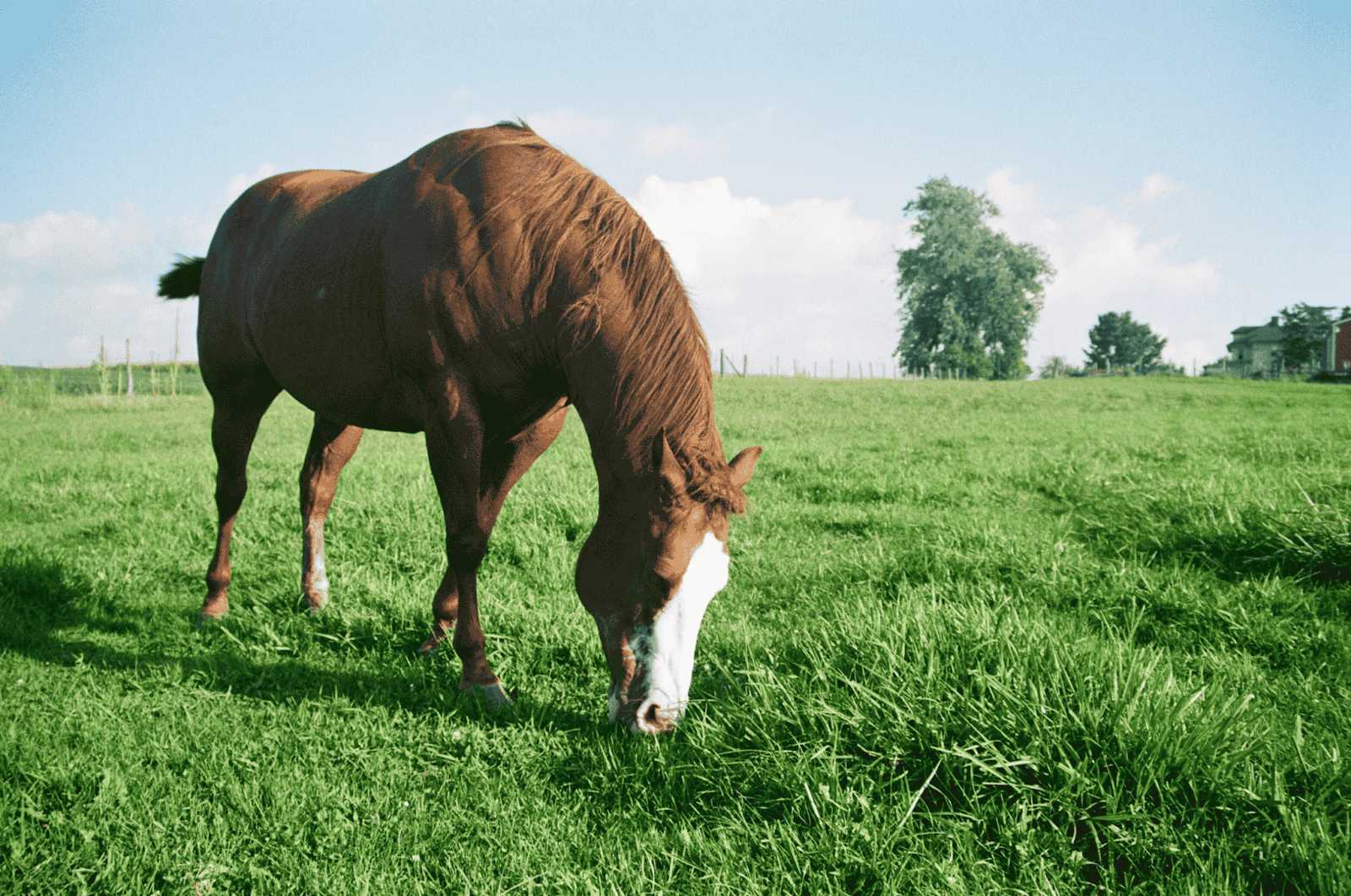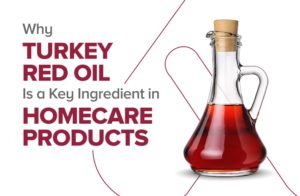My neighbor Lisa bought her dream horse last spring, confident in her riding skills; but six months later, she was exhausted. “I had no idea about all the health stuff,” she admitted. Most new horse owners face this steep learning curve. What’s needed isn’t advanced vet expertise, but understanding basic health maintenance and seasonal care to shift from reactive problem-solving to proactive prevention.
Understanding the Foundations: Why Prevention Beats Treatment
The key mindset shift for new horse owners is seeing equine health as preventive, not reactive. Consistent routines in feeding, exercise, and basic care prevent most serious issues. I saw a friend’s horse nearly die from colic caused by irregular feeding and poor parasite management; completely avoidable with simple, consistent practices.
Daily care essentials that prevent problems:
Consistent feeding schedules. Horses’ digestive systems expect food at regular intervals. Erratic feeding contributes to ulcers, colic, and behavioral issues. Feed at the same times daily, even on weekends.
Adequate turnout and movement. Horses evolved to move constantly while grazing. Prolonged stall confinement creates physical and mental health issues. Maximize turnout time whenever possible.
Daily observation and handling. Spending time with your horse daily; even just checking them over; helps you notice subtle changes before they become serious. Early detection of lameness, skin issues, or behavioral changes makes treatment simpler and more effective.
Clean water availability. Dehydration contributes to numerous health problems, particularly colic. Ensure constant access to clean, fresh water. In winter, check that water sources haven’t frozen.
Proper hoof care. Regular farrier visits (every 6-8 weeks for most horses) prevent lameness issues. Between visits, daily hoof picking removes debris that can cause thrush or bruising.
These basics sound simple, but they’re non-negotiable. Missing them creates vulnerability to more serious issues.
Seasonal Health Maintenance: The Annual Care Calendar
Beyond daily basics, horses require seasonal health protocols that address different challenges throughout the year. Understanding this annual rhythm helps you plan rather than scramble.
Spring considerations: As temperatures warm and grass grows, horses face increased parasite pressure and potential weight gain from rich pasture. This is when many owners schedule dental exams and update vaccinations. Spring is also prime time for establishing strong parasite control protocols before summer grazing intensifies exposure.
Summer management: Heat stress becomes the primary concern. Ensure adequate shade, increased water consumption, and adjusted exercise timing to avoid peak heat. Fly control becomes essential for both comfort and health, as flies spread disease and cause stress-related behavior issues.
Fall preparation: As weather cools and pastures decline, horses need body condition assessment to ensure they enter winter at healthy weights. This is also when many owners schedule second parasite control treatments and ensure blankets and winter accommodations are ready.
Winter challenges: Cold weather brings different health risks; frozen water sources, increased caloric needs for maintaining body temperature, reduced exercise leading to stiffness, and the challenge of maintaining hooves in wet, muddy conditions.
The Parasite Prevention Priority
One of the most critical aspects of horse health management; and one that new owners often underestimate; is proper parasite control. Internal parasites are present in virtually all horses and can cause serious health issues if not managed strategically.
The old approach was aggressive, frequent deworming regardless of actual parasite burden. Modern veterinary practice recommends more targeted strategies based on fecal egg counts, which identify which horses actually need treatment and which products are most effective for their specific parasite populations.
Understanding parasite control fundamentals is non-negotiable for horse owners:
Different wormers target different parasites. Not all products kill all worms. Rotating products strategically prevents resistance while addressing the full parasite spectrum. This is where having access to quality options for Horse Wormers & Worm Paste products matters; you need reliable access to appropriate treatments for your specific situation.
Timing matters seasonally. Parasite life cycles follow predictable patterns. Strategic timing based on climate and pasture management improves effectiveness while reducing unnecessary treatment.
Fecal egg counts inform decisions. Rather than blanket treating all horses identically, testing identifies which horses are high shedders requiring more frequent intervention and which are low shedders who can receive less treatment.
Pasture management affects parasite load. Removing manure regularly, avoiding overgrazing, and rotating pastures when possible all reduce environmental parasite burden and decrease the treatment frequency needed.

Many new owners either over-worm (wasting money and potentially creating resistance) or under-worm (allowing parasite burdens that compromise health and performance). The right approach is strategic: test to understand your horse’s individual burden, treat appropriately based on that information, and time treatments to align with parasite life cycles in your climate.
Working with your veterinarian to establish a targeted parasite control protocol based on your specific horses and property prevents both under-treatment (allowing health issues) and over-treatment (creating resistance and wasting resources).
Building Your Management System
The difference between stressed, reactive horse owners and confident, proactive ones usually comes down to systems. When you have clear protocols and schedules, horse care becomes a manageable routine rather than a constant crisis.
I recommend new owners create a simple annual calendar marking:
- Farrier appointments (every 6-8 weeks)
- Veterinary wellness checks (minimum annually, often semi-annually)
- Dental exams (annually for most horses, more frequently for seniors)
- Vaccination schedules (based on your vet’s recommendations and local disease risks)
- Parasite control timing (based on fecal egg counts and seasonal considerations)
- Seasonal tack and equipment maintenance
This doesn’t need to be complicated; a basic spreadsheet or even a paper calendar works fine. The point is having visibility into upcoming care needs rather than constantly being surprised by things you should have scheduled.
Also build a basic equine first aid kit and know when to call the vet versus handling issues yourself. Some situations; severe colic, significant wounds, acute lameness, eye injuries; always require veterinary attention. Others; minor scrapes, small cuts, mild stiffness; can be monitored and treated at home. Learning these distinctions saves both money and your horse’s health.
The Reality of Horse Ownership
Lisa eventually found her rhythm, establishing routines and consistent care schedules. Her horse’s health improved, and ownership became enjoyable rather than stressful. Horses thrive with predictable care, and owners thrive when preventive practices are in place. Invest in fundamentals early; veterinarian guidance, routines, and systems; to protect your horse’s health and your peace of mind.





Be First to Comment